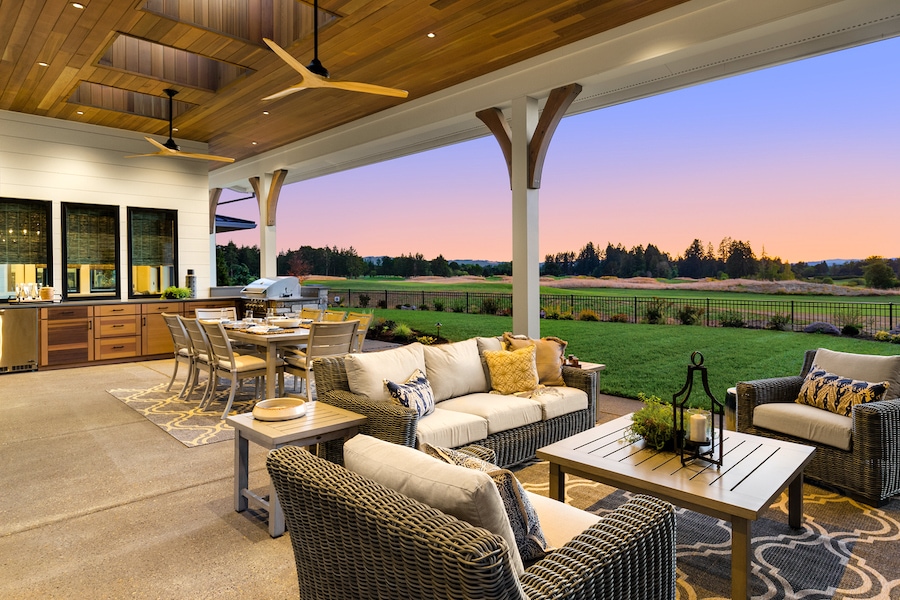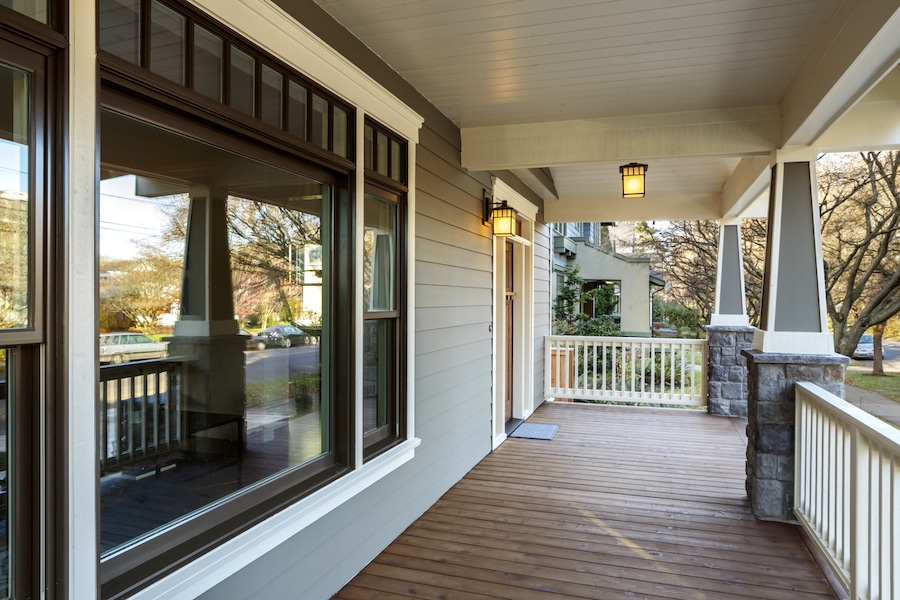
When you’re getting ready to buy a new home or refinance a mortgage, an experienced mortgage advisor can make all the difference. Unfortunately, every big bank and mortgage lender seems to promise the lowest rate and fastest close. So how can you tell who to trust when seeking the best mortgage lender? Mortgages aren’t one-size-fits-all anymore.
The truth is that every homeowner has a different story and different financial goals. A qualified mortgage advisor listens, understands, and works with you to build a mortgage that meets your long-term goals and saves you money at the same time. What’s more, a qualified mortgage advisor will work hard to secure the right financing for your current budget while also helping you build wealth through home equity.
One of the best early moves you can make is to lock in your rate today by getting pre-approved.
Financing your home is one of the biggest financial commitments most people ever make. When you partner with a mortgage advisor you can be confident that they are working on your behalf to create a mortgage that fits your goals. While big banks and online lenders treat every borrower the same, our mortgage advisors build genuine relationships and often become a trusted advisor for life.
How a Custom Home Loan Can Save You Money
This might seem obvious, but mortgages are not one-size-fits-all. Loan programs are becoming increasingly specialized to meet the growing needs of homeowners with personal goals about homeownership, financial security, and building wealth.
What’s more, securing the lowest mortgage won’t always save you money or give you the lowest mortgage payment. Consider just a few costly variables that go beyond the advertised “low mortgage rate” you might see from big banks or online lenders:
- Fees
- Points
- Closing costs
- Adjustable terms
- Variable terms
- APR vs. Interest Rates
- Balloon payments
- Private Mortgage Insurance
- Prepayment penalties
These are just a few variables that could end up costing you a lot of money in the long term. Every mortgage has fine print and there are a lot of variables to consider. This is one of the biggest reasons why working with an experienced mortgage advisor in your area is a smart move.
Custom Loan Programs to Keep You Competitive
A great mortgage advisor will also make sure that you’re ready to compete when it’s time to make an offer. They can help expedite paperwork, fast-track your mortgage pre-approval, and execute a fast close. What’s more, a qualified local mortgage advisor knows every hurdle that might come up and will make sure the entire process moves seamlessly from start to finish.
We can even set you up with our Keys on Time™ program, which guarantees the seller that your loan will close on time or we’ll pay a $2,000 commitment fee (restrictions apply).
Another custom mortgage solution is the CashBuys™ program, which allows you to operate like an all-cash buyer while still financing your mortgage. With the CashBuys program, you can get pre-approved for your mortgage and finance your mortgage behind the scenes, then make a real-time all-cash offer to the seller. Find out more about the CashBuys program here.
Related: How to FAST TRACK your mortgage pre-approval
How to Unlock the True Value of Your Home
Finally, a qualified mortgage advisor can help set you up with a mortgage payment you can afford and put you on the fast track to building home equity. They can also show you the true cost of homeownership over time, including historic appreciation rates and average annual costs. As a trusted advisor, they can guide you through different strategies that will help you save money over the life of your loan, as well as opportunities to leverage your home through its equity.
The bottom line: An experienced mortgage advisor will take the time to understand your unique situation and offer custom home loan options to meet your financial goals.
Connect with your local mortgage advisor and start your application and get pre-approved for your best home loan.
Taking Action
From buying and selling property, investing in real estate, wealth-generation strategies, and providing opportunities to improve your financial situation, our trusted mortgage advisors are here to help guide you along your homeownership journey. Connect with a local mortgage advisor today to get started. We’d love to help.








